Hydrocarbons -- molecules critical to life -- are being generated by the simple interaction of seawater with the rocks under the Lost City hydrothermal vent field in the mid-Atlantic Ocean.
Being able to produce building blocks of life makes Lost City-like vents even stronger contenders as places where life might have originated on Earth, according to Giora Proskurowski and Deborah Kelley, two authors of a paper in the Feb. 1
Science. Researchers have ruled out carbon from the biosphere as a component of the hydrocarbons in Lost City vent fluids.
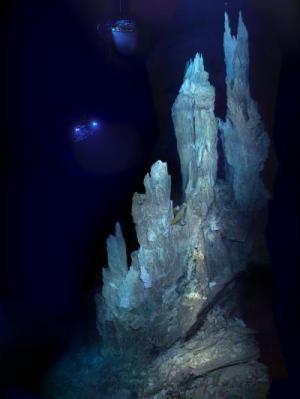
|
| ©Kelley, U of Washington, IFE, URI-IAO, NOAA
|
| The carbonate structures at the Lost City Field include these spires stretching 90 feet tall. The white, sinuous spine is freshly deposited carbonate material. Added digitally to this image are the remotely operated vehicles Hercules and Argus that were used to explore the hydrothermal vent field during an expedition in 2005 funded by the National Oceanic and Atmospheric Administration.
|
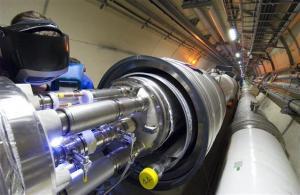
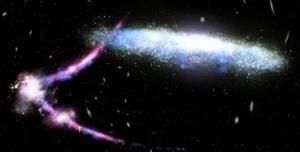
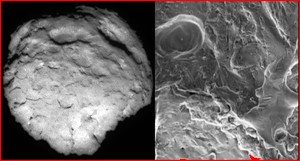



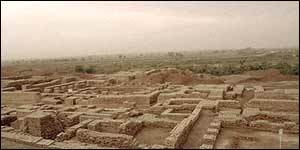



Comment: See some prototypes of robot swarms created by researchers at Carnegie Mellon University: